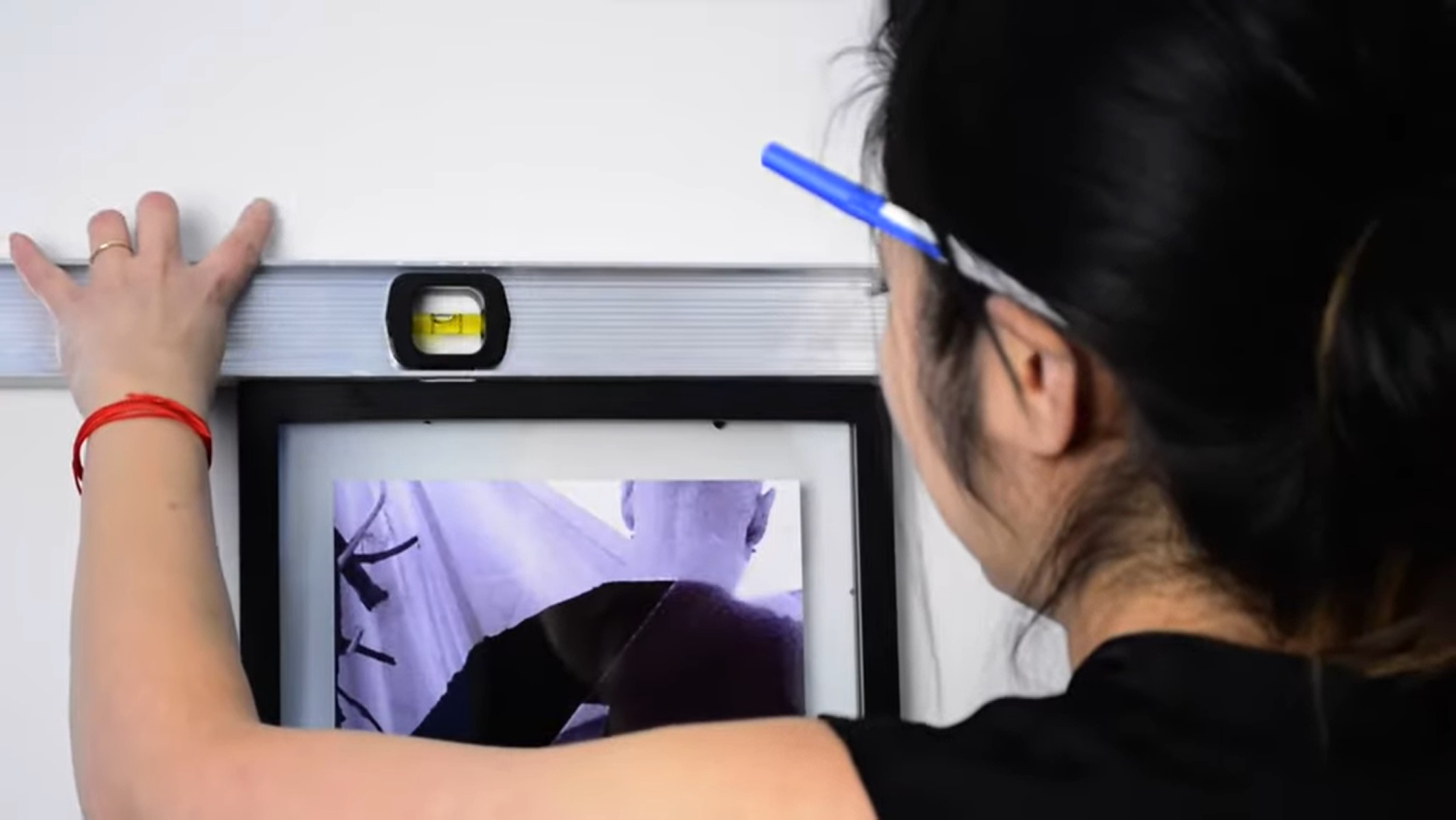

Articles
How To Keep Picture Frames From Sliding
Modified: January 6, 2024
Learn how to prevent your picture frames from sliding with these helpful articles. Keep your artwork securely in place with our expert tips and tricks.
(Many of the links in this article redirect to a specific reviewed product. Your purchase of these products through affiliate links helps to generate commission for Storables.com, at no extra cost. Learn more)
Introduction
Welcome to our guide on how to keep picture frames from sliding. There’s nothing more frustrating than having your favorite artwork or cherished family photos constantly shifting and sliding on the walls. It not only disrupts the visual aesthetics but can also cause damage to the frames and the walls. Fortunately, there are several simple and effective solutions that you can implement to keep your picture frames securely in place.
In this article, we will explore various methods to prevent your picture frames from sliding, ranging from using adhesive pads and frame stabilizers to creating non-slip backings and installing Velcro strips. We will also discuss alternative solutions that you can consider based on your specific needs and preferences.
By using these techniques, you can ensure that your picture frames remain stable and properly aligned on your walls, providing you with a visually pleasing and secure display. So let’s get started and transform your picture frames into stationary works of art!
Key Takeaways:
- Prevent picture frames from sliding by choosing the right frame, using adhesive pads, frame stabilizers, non-slip backings, Velcro strips, or museum putty. Consider alternative solutions for specific needs and regularly check frame stability.
- Select sturdy frames, utilize practical solutions, and consider alternative methods to keep picture frames securely in place. Regularly assess frame stability and make necessary adjustments for long-term display satisfaction.
Read more: How To Keep Picture Frames From Tilting
Understanding the Problem
Before we delve into the solutions, it’s important to understand why picture frames often slide on walls. There are several factors that contribute to this issue:
- Smooth Surfaces: Many walls are smooth and offer little friction for the frames to grip onto. This lack of friction allows frames to easily slide or tilt out of position.
- Frame Weight: The weight of the frame can also play a role in its stability. Heavier frames are more likely to slide downward, while lighter frames may easily shift horizontally.
- Wall Material: The type of wall material can impact how well frames adhere to the surface. Painted walls, smooth tiles, or glass surfaces may be more slippery, making it harder for frames to stay in place.
- Vibrations and Movement: Vibrations caused by foot traffic, slamming doors, or even nearby appliances can cause frames to gradually shift over time.
By understanding these factors, we can now explore the various solutions available to keep your picture frames securely in place. Whether you’re dealing with a single frame or an entire gallery wall, there are options that will work for you.
Choosing the Right Frame
When it comes to preventing picture frames from sliding, selecting the right frame is essential. Here are some factors to consider:
- Frame Material: Opt for frames made of sturdy materials like wood or metal. These materials provide better grip on the wall surface compared to lightweight materials like plastic.
- Frame Depth: Consider the depth of the frame. Frames with a deeper profile allow for a larger surface area to make contact with the wall, providing better stability.
- Hanging Hardware: Check if the frame comes with reliable hanging hardware, such as sturdy D-rings or sawtooth hangers. These ensure that the frame is securely attached to the wall.
- Mattes: If your frame includes a matte, make sure it fits snugly within the frame opening. A proper fit will help keep the photo or artwork in place and prevent it from sliding within the frame.
By choosing a frame that is well-constructed and designed for stability, you can minimize the chances of it sliding or tilting on the wall.
Additionally, consider the location where you plan to hang your picture frames. If the area is prone to vibrations or movement, such as near a door or window, you may want to opt for frames that have additional stabilization features.
Now that you have chosen the right frame, let’s explore some practical solutions to keep it securely in place.
Using Adhesive Pads
One effective and simple solution to prevent picture frames from sliding is to use adhesive pads. These pads create friction between the frame and the wall, providing a secure grip. Here’s how you can use adhesive pads:
- Clean the Wall: Before attaching the pads, make sure the wall surface is clean and free from any dust or debris. This will ensure optimal adhesion.
- Position the Pads: Determine where you want the frame to hang and mark the desired position on the wall. Next, peel the backing off the adhesive pads and carefully attach them to the back corners of the frame.
- Press firmly: Apply pressure on the frame against the wall, pressing firmly to ensure the adhesive pads securely adhere to both surfaces.
Adhesive pads come in various sizes and thicknesses, allowing you to choose the most suitable option based on the weight and size of your frame. These pads are usually removable, making it easy to reposition or remove the frame without damaging the wall.
It’s important to note that the effectiveness of adhesive pads can vary depending on the wall surface and the weight of the frame. For smooth surfaces, such as glass or tiles, consider using adhesive pads specifically designed for these types of materials to ensure a better grip.
Using adhesive pads is a quick and affordable solution to keep your picture frames from sliding. However, if you’re looking for more stability or have heavier frames, you may want to explore other options, which we’ll discuss next.
Utilizing Frame Stabilizers
If you’re dealing with larger or heavier picture frames that require extra stability, utilizing frame stabilizers can be an effective solution. These stabilizers help distribute the weight of the frame more evenly and provide additional support to prevent sliding. Here are a few options to consider:
- Frame Stabilizer Brackets: Frame stabilizer brackets are designed specifically to prevent frames from tilting or shifting. These brackets can be attached to the bottom corners of the frame, extending downward to create a stabilizing effect. They offer excellent stability, especially for larger or heavier frames.
- Corner Angle Brackets: Corner angle brackets can be used to reinforce the corners of the frame. By attaching these brackets to the back corners of the frame, you can increase its overall stability and reduce the chances of sliding or tilting.
- Wire or Cord Cross Bar: You can also utilize a wire or cord to create a crossbar across the back of the frame. This helps distribute the weight evenly and provides stability. Attach the wire or cord tightly to the side edges of the frame, ensuring it is securely fastened.
When using frame stabilizers, it’s crucial to ensure that they are properly installed and securely attached to both the frame and the wall. Follow the manufacturer’s instructions and use appropriate screws or nails to ensure a strong and reliable connection.
Utilizing frame stabilizers is especially beneficial for frames that are displayed in areas with higher vibration, such as near a busy hallway or above a fireplace. They offer an added layer of security and help maintain the frame’s position over time.
Now that we’ve explored frame stabilizers, let’s move on to another option for keeping your picture frames from sliding – creating a non-slip backing.
Use adhesive rubber bumpers on the back corners of the picture frame to create friction and prevent sliding. This will also protect the wall from scratches.
Read more: How To Keep Curtains From Sliding On Rod
Creating a Non-Slip Backing
Creating a non-slip backing for your picture frames is another effective method to prevent them from sliding. This solution provides an extra layer of grip between the frame and the wall surface. Here’s how you can create a non-slip backing:
- Felt Pads: One simple option is to use self-adhesive felt pads. These pads are commonly used to protect furniture and floors from scratches, but they can also be applied to the back corners of picture frames. The soft and slightly textured surface of the felt pads helps create friction, preventing the frame from sliding.
- Silicone Pads: Another option is to use self-adhesive silicone pads. These transparent pads have a grippy texture that provides excellent traction. Apply the silicone pads to the back corners of the frame, ensuring they are securely adhered.
- Rubber Bands or Elastic Strips: For a DIY approach, you can also use rubber bands or elastic strips as a non-slip backing. Attach these bands or strips horizontally across the back of the frame, stretching them tightly to create friction against the wall surface.
When creating a non-slip backing, make sure the adhesive used is appropriate for the frame material and wall surface to prevent any damage. It’s essential to clean the back of the frame thoroughly before attaching the pads or strips to ensure proper adhesion.
Creating a non-slip backing is a versatile solution that can be used for frames of varying sizes and weights. It offers an added layer of protection and stability, ensuring your frames stay securely in place.
Next, let’s discuss another option – installing Velcro strips.
Installing Velcro Strips
Versatile and easy to use, Velcro strips offer a practical solution for keeping picture frames from sliding. The hook-and-loop fastening system provides a secure hold while allowing for easy removal and repositioning of frames. Here’s how you can install Velcro strips:
- Clean the Wall and Frame: Ensure that both the wall surface and the back of the frame are clean and free from any dust or debris. This will help the Velcro strips adhere properly.
- Measure and Cut: Measure the desired length of Velcro strips and cut them accordingly. It’s recommended to use both the hook and loop sides for maximum grip.
- Attach Velcro Strips: Peel the backing off one side of the Velcro strip and firmly press it onto the back of the frame. Repeat this process for the other side of the Velcro strip.
- Position and Attach: Determine the desired location on the wall for your frame and mark it. Peel off the backing from the other side of the Velcro strip and press it firmly onto the marked spot on the wall. Make sure to align the Velcro strips accurately to ensure a secure hold.
Velcro strips are available in various strengths and sizes, allowing you to choose the appropriate option based on the weight and size of your frame. They provide a strong hold while still allowing for easy removal and adjustment, making them ideal for changing artwork or rearranging frames on a gallery wall.
Ensure that the Velcro strips are securely attached to both the frame and the wall. Test the stability after installation and make any necessary adjustments to ensure the frame remains in place.
Now that you know how to use Velcro strips, let’s explore another option – utilizing museum putty or wax.
Using Museum Putty or Wax
Museum putty or wax is a popular choice among art collectors and museums for securing valuable and delicate objects in place. It can also be used to prevent picture frames from sliding, providing a reliable and removable solution. Here’s how you can use museum putty or wax:
- Clean the Surfaces: Ensure that both the wall and the bottom edges of the frame are clean and free from any dirt or debris. This will help the putty or wax adhere better.
- Take a Small Amount of Putty or Wax: Depending on the size of your frame, take a small pea-sized amount of museum putty or wax.
- Roll and Press: Roll the putty or wax into small balls and press them onto the corners or bottom edges of the frame. Apply gentle pressure to ensure it adheres properly.
- Attach to the Wall: Once the putty or wax is applied to the frame, carefully position it on the wall and press firmly to secure it in place. The putty or wax will create a temporary bond, preventing the frame from sliding or shifting.
Museum putty or wax is specifically designed to be removable, so you can easily reposition or remove the frame without damaging the walls or frames. It provides a reliable grip and is suitable for a variety of wall surfaces.
It’s important to periodically check the putty or wax to ensure its adhesive properties have not weakened over time. If necessary, remove and replace it with fresh putty or wax to maintain the frame’s stability.
Using museum putty or wax is an effective solution, especially for frames with delicate or uneven surfaces. It offers a removable and non-damaging option to keep your frames securely in place.
Now that we’ve explored using museum putty or wax, let’s move on to discussing alternative solutions for preventing picture frames from sliding.
Exploring Alternative Solutions
In addition to the previously mentioned methods, there are a few alternative solutions you can consider to keep your picture frames from sliding. These options offer different approaches and may be suitable for specific situations or preferences:
- Frame Levelers: Frame levelers are small adjustable feet that can be attached to the bottom corners of the frame. They allow you to fine-tune the leveling of the frame and provide stability, especially on uneven surfaces.
- Anti-Slip Shelf Liner: Cut a piece of anti-slip shelf liner to match the size of your picture frame. Place it between the frame and the wall to create friction and prevent sliding. This solution is ideal for lightweight frames.
- Command Strips: Command strips are double-sided adhesive strips that are commonly used for hanging lightweight objects. They can be attached to the back of the frame and securely mounted on the wall. Keep in mind the weight capacity of the command strips when using this option.
- Angle Brackets or L-Brackets: Attach angle brackets or L-brackets to the frame corners using screws. These brackets provide additional support and stability, preventing the frame from tilting or sliding.
Each of these alternative solutions offers unique advantages depending on your specific requirements. Consider the weight of your frame, the wall surface, and the level of stability needed before deciding which method to use.
Remember to test the stability of the frame after implementing any of these alternative solutions. If needed, make adjustments or combine multiple methods to enhance the stability and prevent any movement.
Now that we’ve covered a range of solutions, let’s conclude our article.
Read more: How To Keep From Sliding Out Of A Recliner
Conclusion
Keeping picture frames from sliding is essential to maintain their stability, protect your walls, and ensure an aesthetically pleasing display. We’ve explored various effective solutions in this guide, each offering unique benefits depending on your specific needs and preferences.
Methods such as using adhesive pads, frame stabilizers, non-slip backings, Velcro strips, and museum putty or wax provide practical and reliable ways to prevent frames from sliding. These solutions can be easily implemented and adjusted based on the weight and size of the frames, as well as the type of wall surface.
Additionally, alternative solutions like frame levelers, anti-slip shelf liner, command strips, and angle brackets or L-brackets offer different approaches to address specific challenges you may encounter when securing your picture frames.
It’s essential to consider the characteristics of your frames, the condition of your walls, and the level of stability required when choosing the best method for your specific situation. Regularly check the stability of your picture frames and make any necessary adjustments to ensure they remain securely in place.
With these solutions in mind, you can now confidently display your cherished photographs, artwork, or any other framed items without the frustration of constant sliding or tilting. By implementing these methods, you’ll create a visually pleasing and secure display of your memories and artwork.
Remember to choose frames that are well-constructed, select appropriate hanging hardware, and consider the location where you plan to hang your frames. These factors, combined with the solutions we’ve discussed, will help you maintain beautiful and stable displays for years to come.
Thank you for reading, and we hope these tips and techniques help enhance your picture frame displays!
Frequently Asked Questions about How To Keep Picture Frames From Sliding
Was this page helpful?
At Storables.com, we guarantee accurate and reliable information. Our content, validated by Expert Board Contributors, is crafted following stringent Editorial Policies. We're committed to providing you with well-researched, expert-backed insights for all your informational needs.
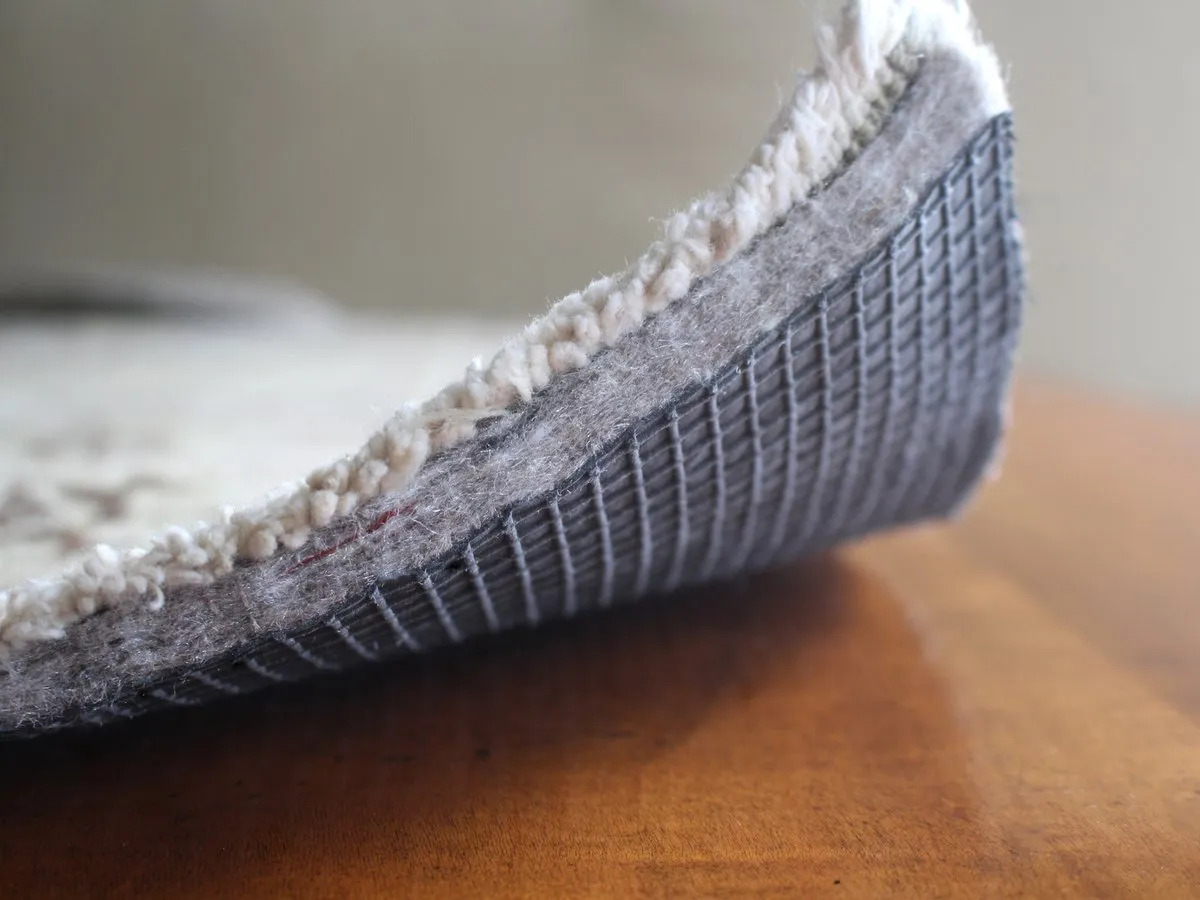
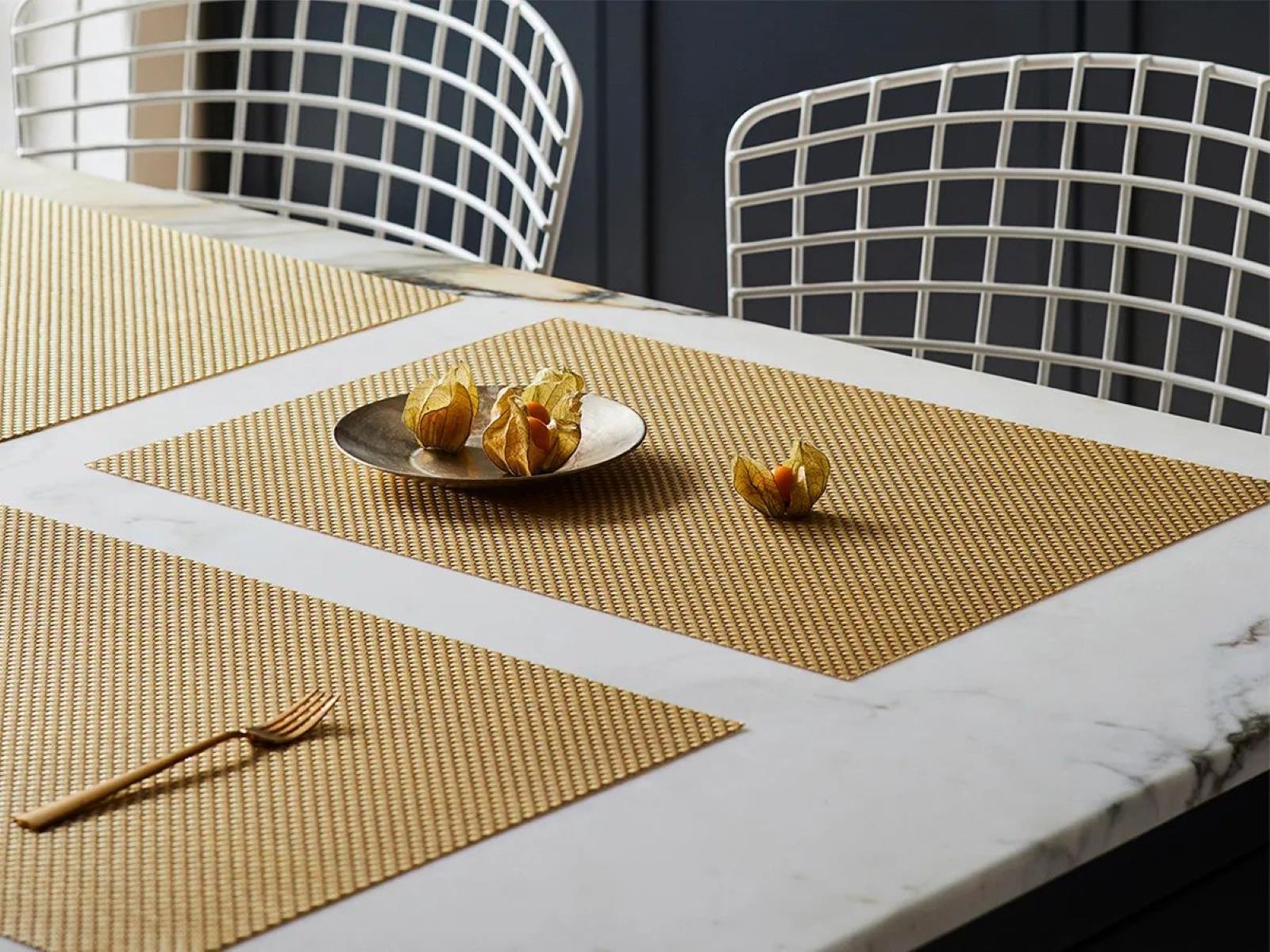
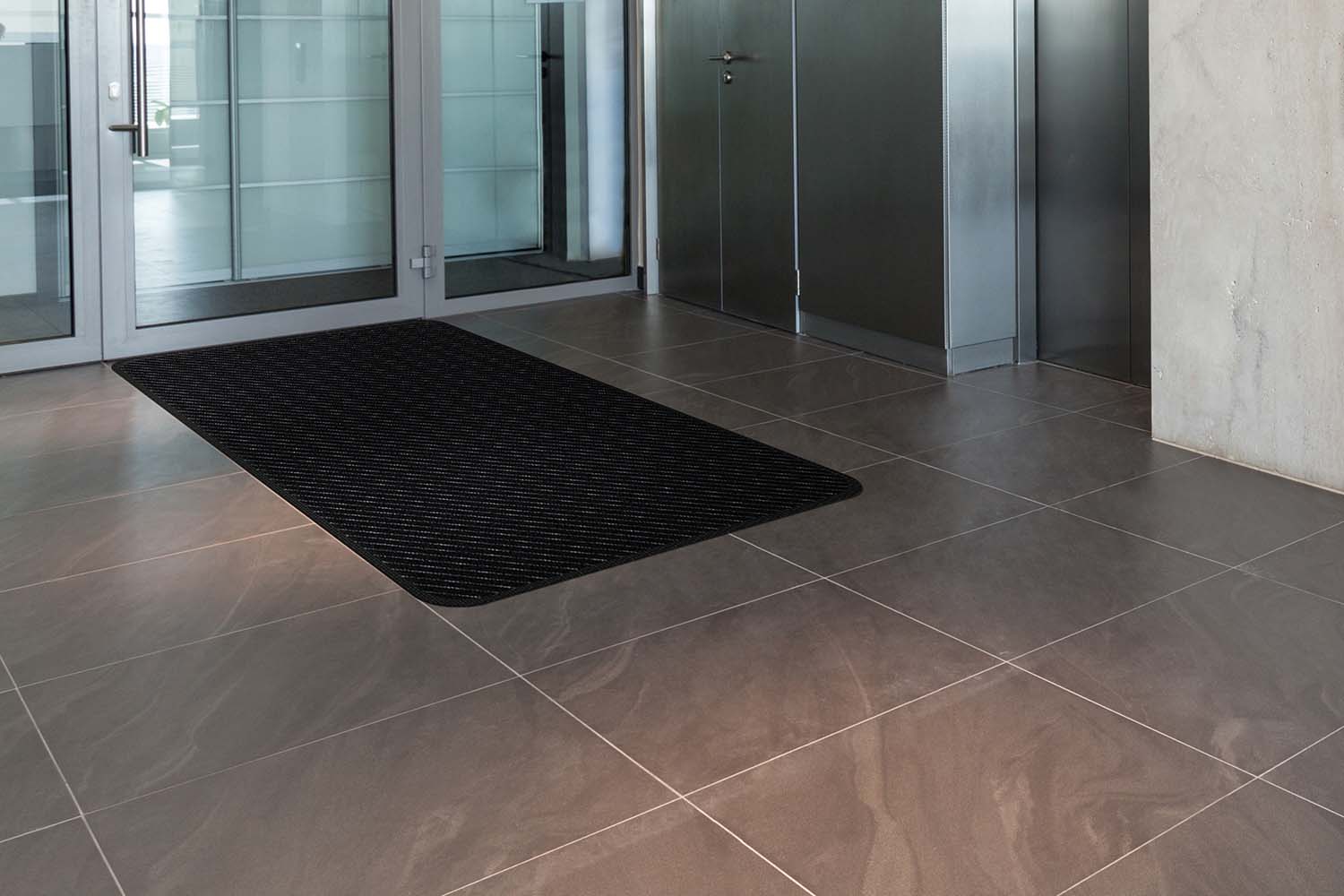
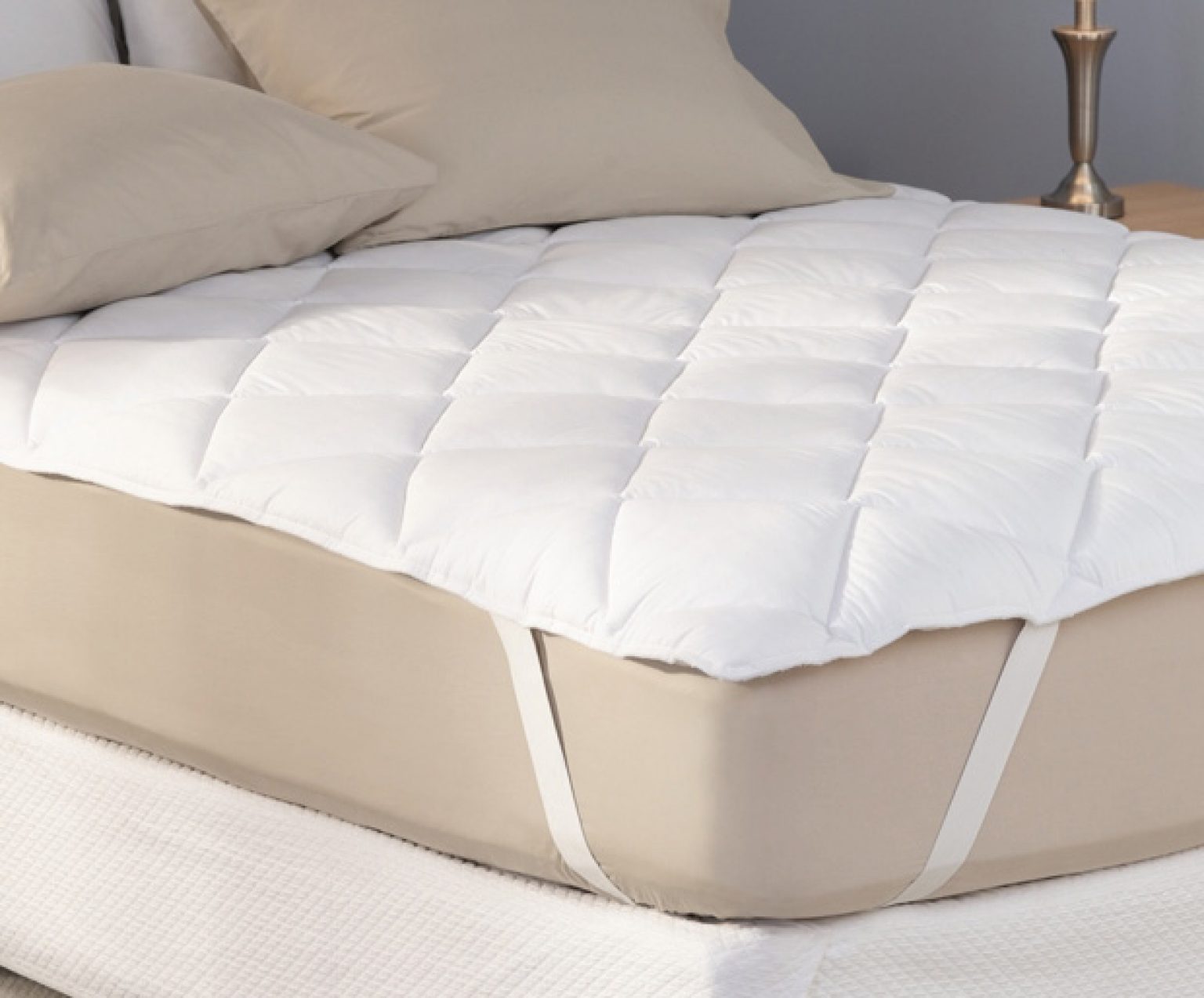
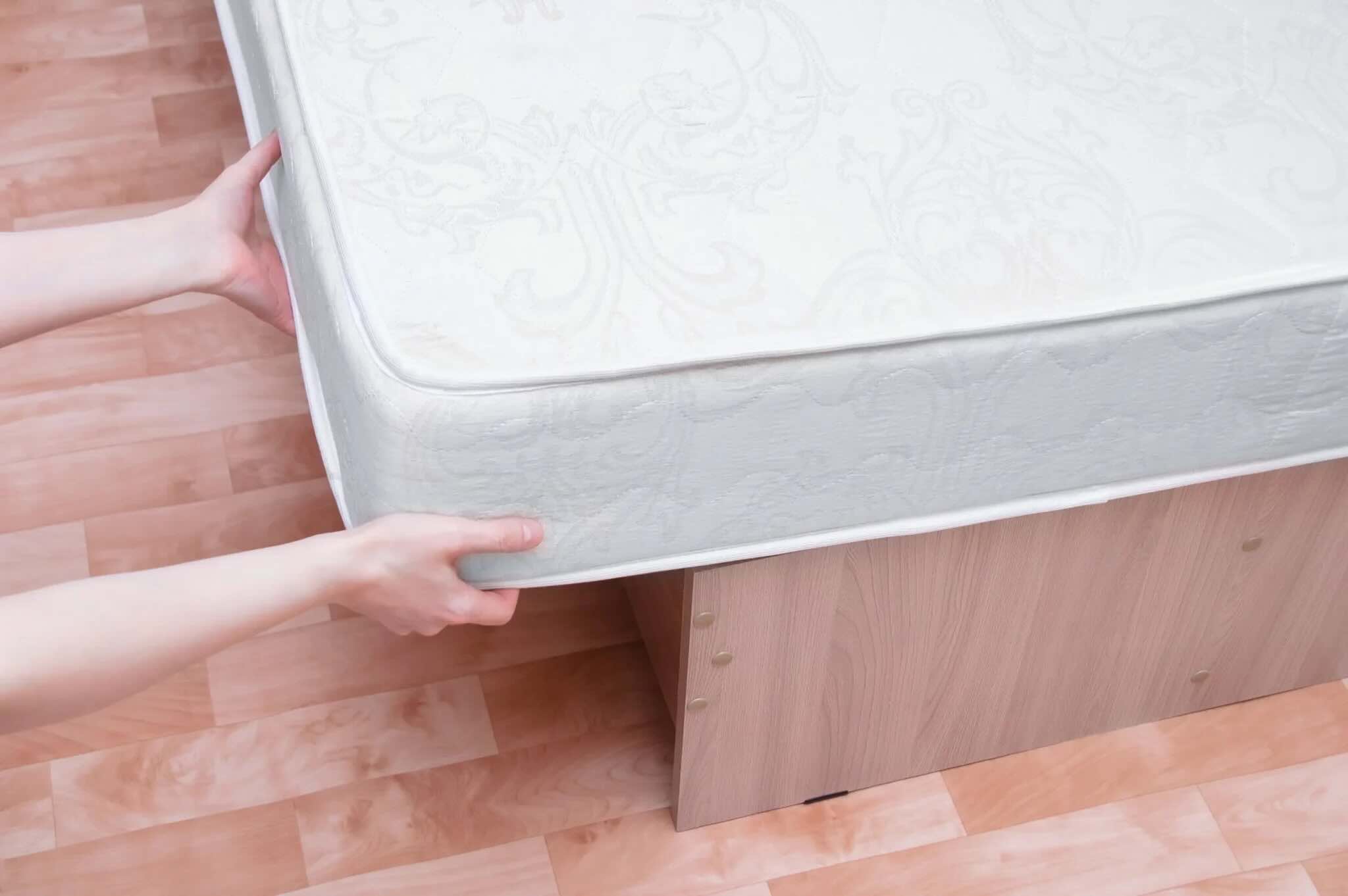

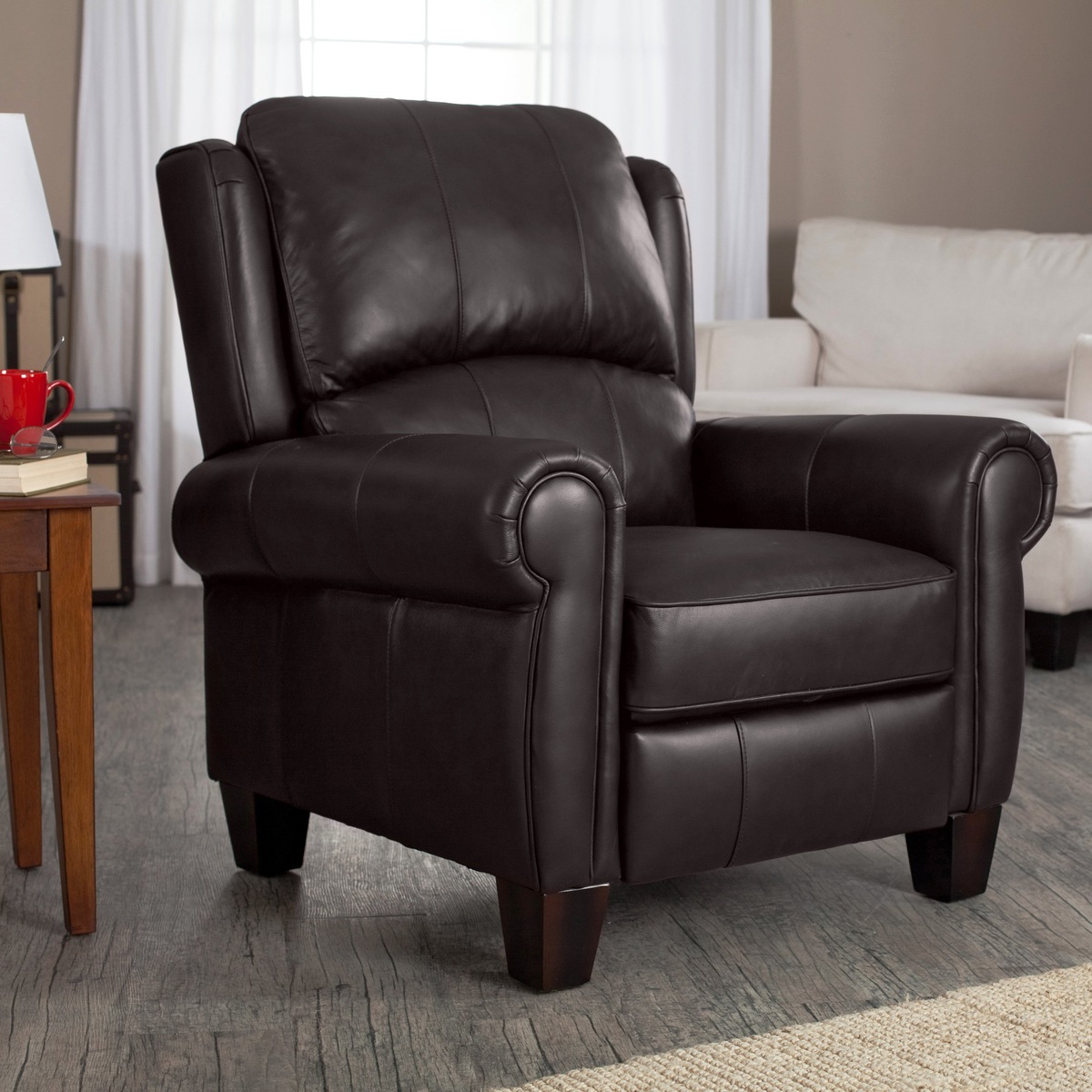
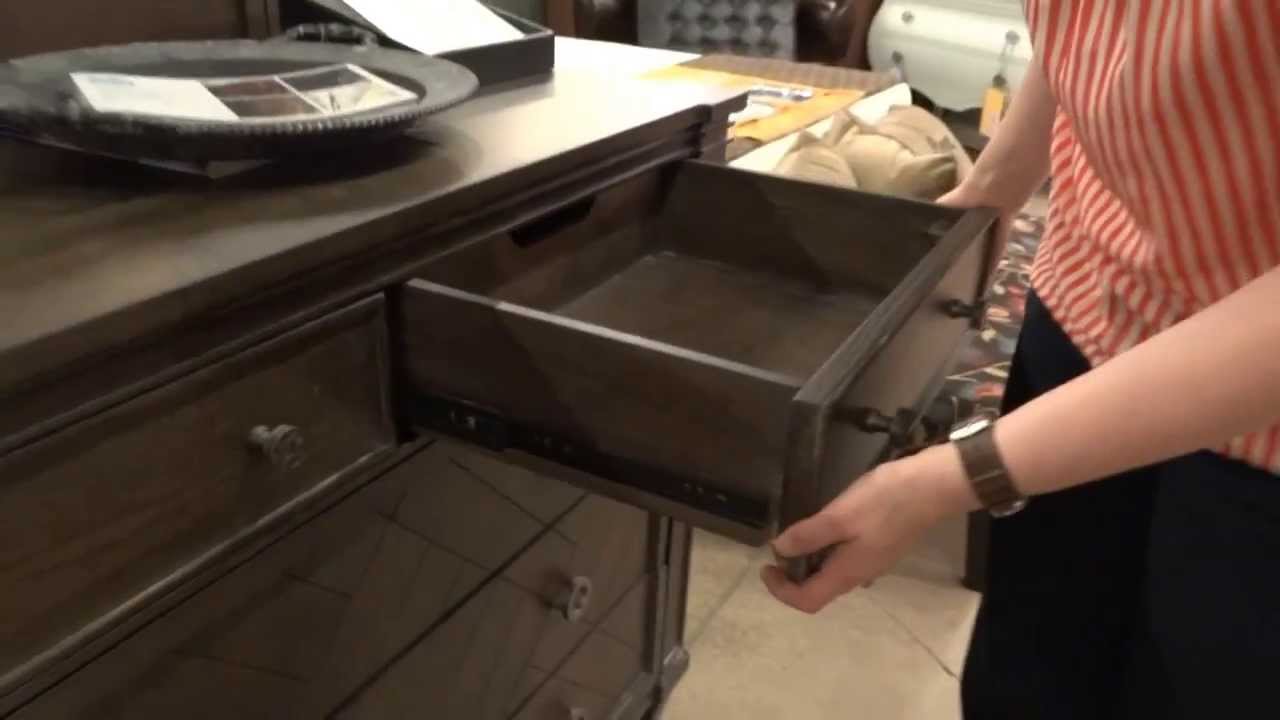

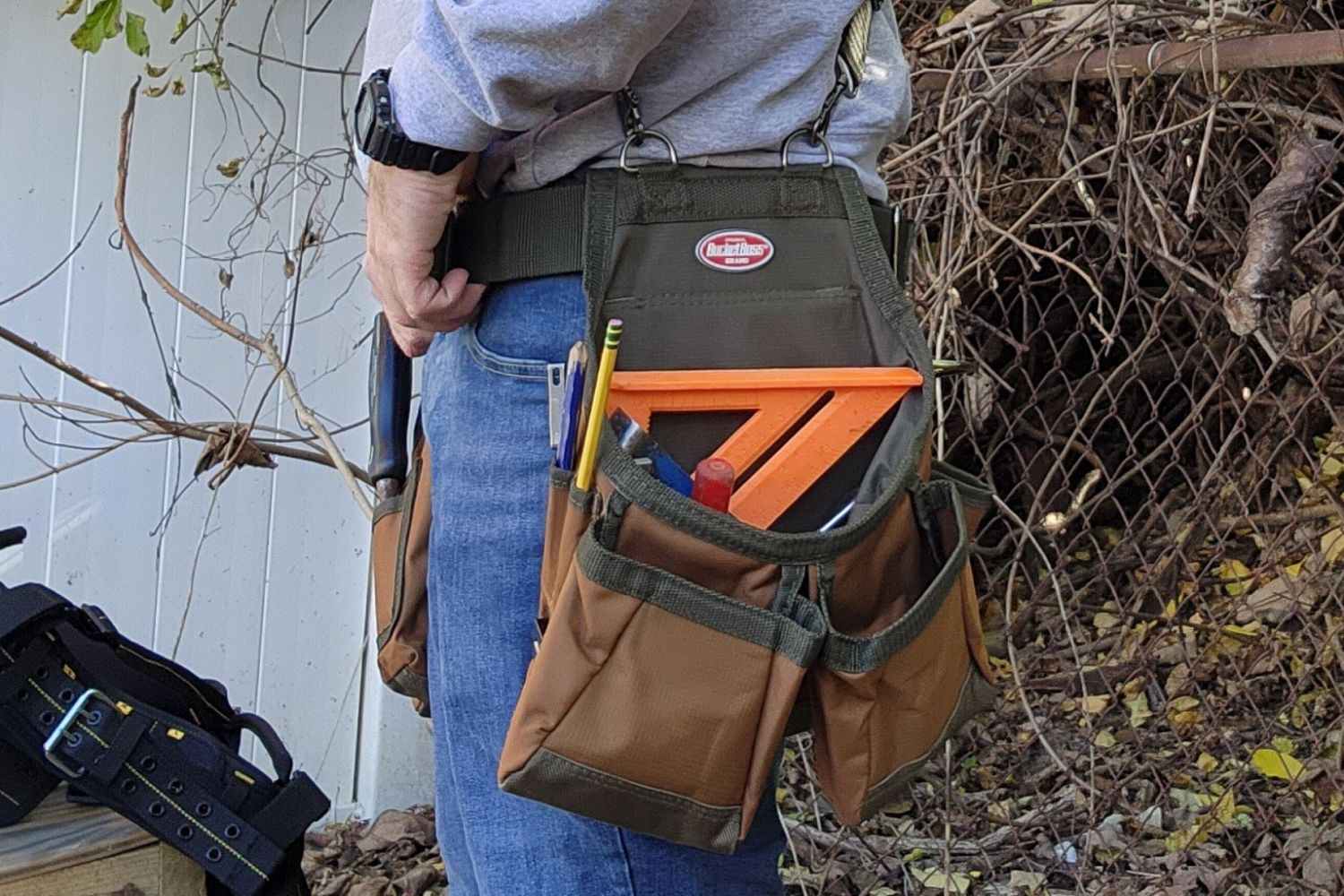

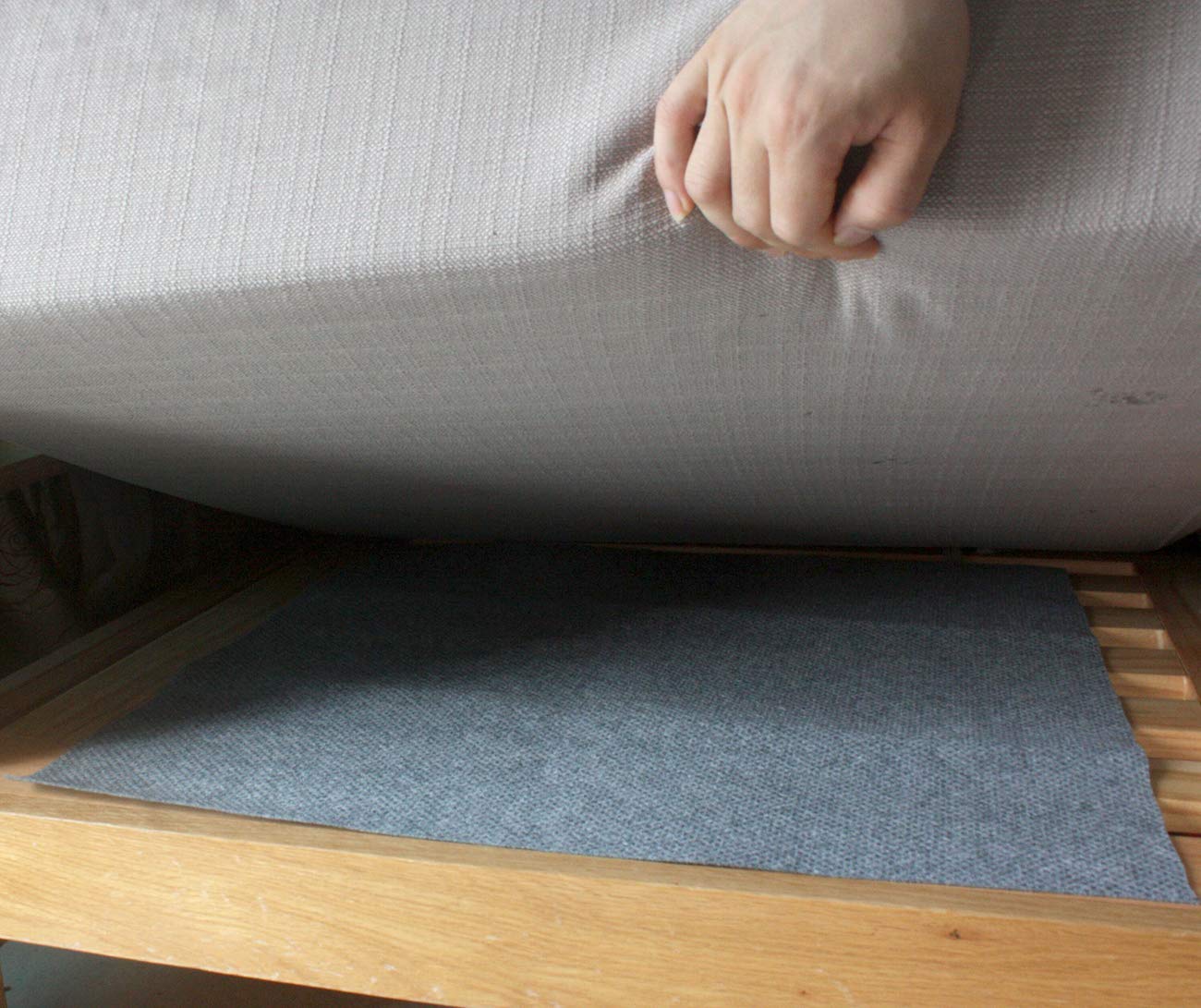
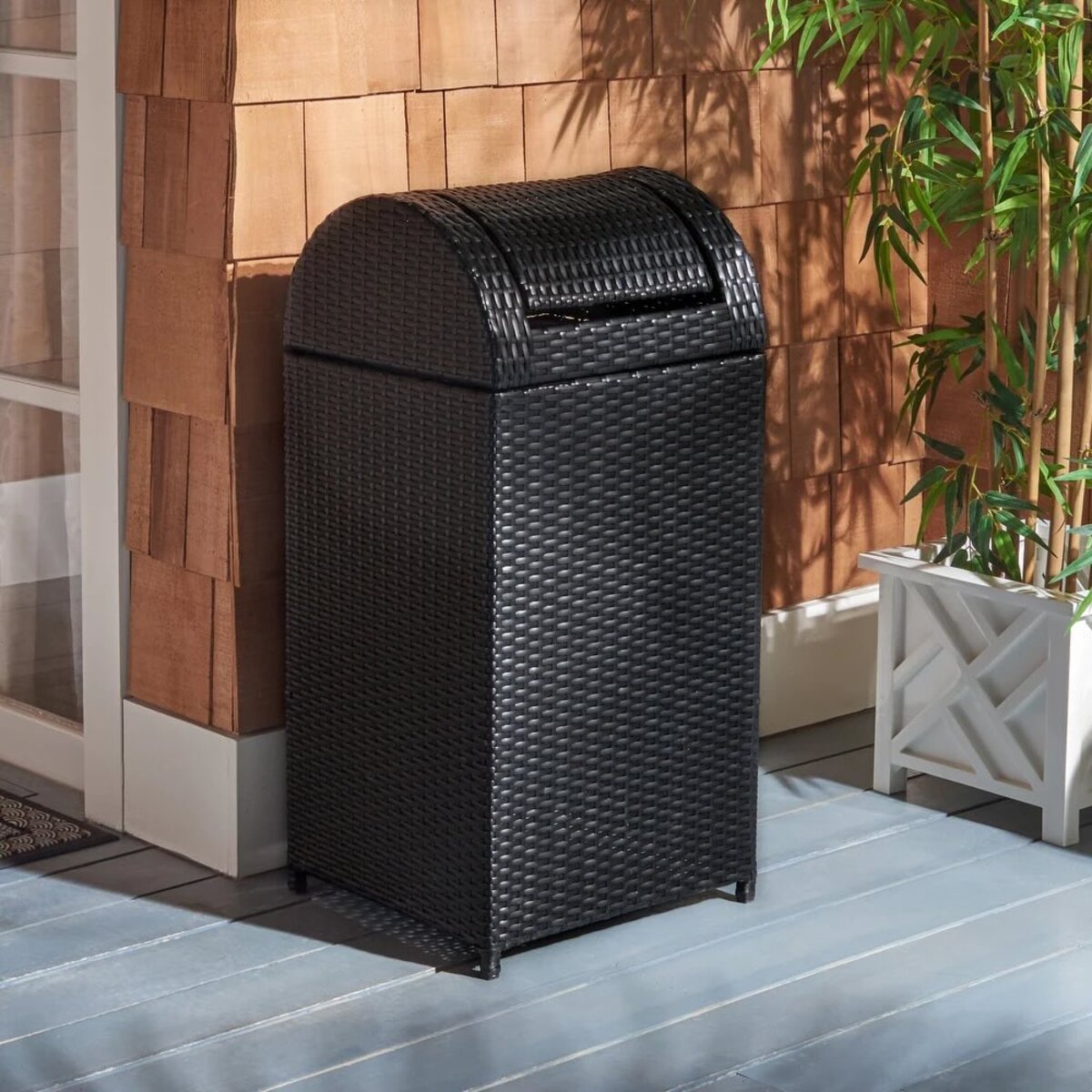

0 thoughts on “How To Keep Picture Frames From Sliding”